Car parts make the car. Cars are made up of so many different parts it’s hard to keep track. But how many parts make a car?
On average, just a rough figure, there are about 30,000 parts that make the car.
Whether the big stuff – the internal combustion engines, transmissions, and chassis – or the smaller items, like the spark plugs and taillights, everything has to work together for your car to run smoothly.
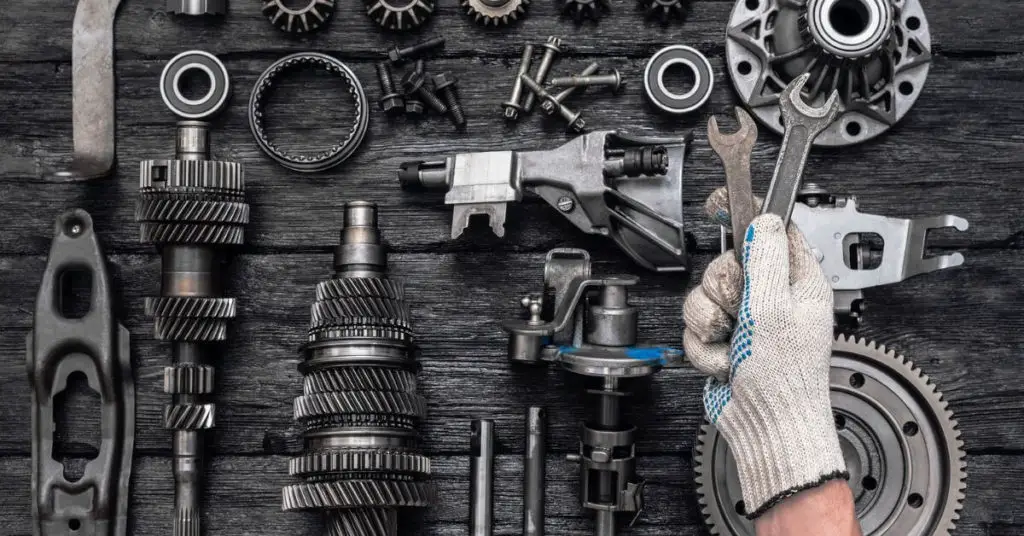
While the answer is undoubtedly different for each car, a few generalities can be said.
This blog post will explore what makes your vehicle run and look so good, how many car parts make up a car, and what each one does.
Keep reading to find out how many parts make a car.
Table of Contents
The Main Car Components
There are a few major components that you should be aware of.
The internal combustion engine, transmission, and chassis are some of the most important, as they are responsible for keeping your car running smoothly.
Other essential components include suspension, brakes, electrical systems, body panels, windows, interior components such as seats and dashboards, four wheels, and tires.
Air conditioning and heating systems, fuel, and exhaust systems.
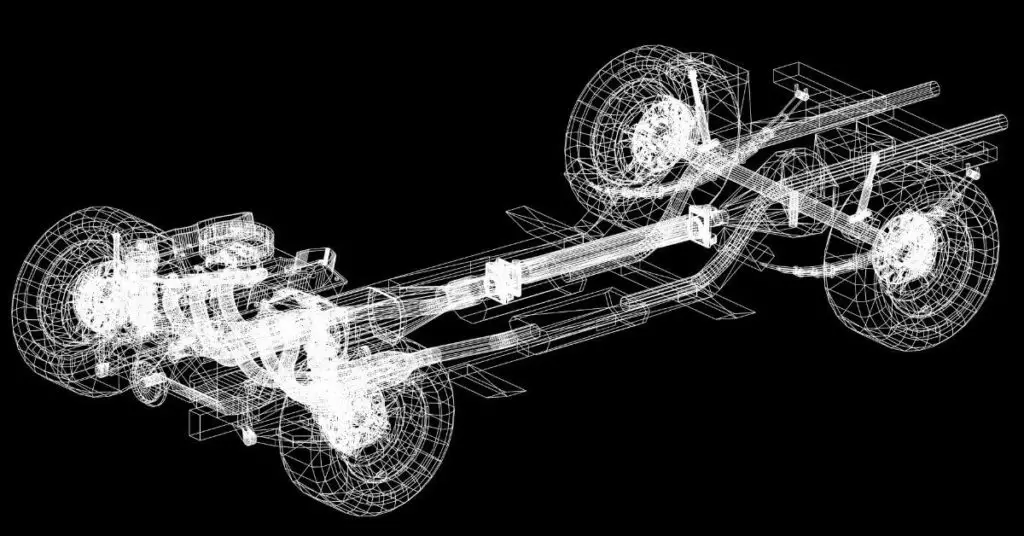
Each part is a complex and expensive system that plays a vital role in ensuring the car runs properly and safely.
While car varies widely from one to another, there may be slight variations in parts; they all will have these basic components.
Assembling most modern vehicles is no easy feat. With a vast number of up to 30,000 parts and 4,800 welds required, it requires careful coordination of many different components and suppliers.
But what exactly goes into making a vehicle?
The Internal Combustion Engine
The engine is the heart of your car and includes a series of interconnected parts that power and make your vehicle run, parts that electric vehicles skip altogether, for example.
The typical internal combustion engine has several thousand parts, including
- the engine block or cylinder block
- cylinder head
- pistons
- connecting rods
- crankshaft
How many bits and pieces combine to create the combustion needed to power the vehicle?
But have you ever wondered how these numerous parts contribute to your car’s fuel efficiency?
How many miles can your car travel on a single gallon of fuel?
To understand more about fuel efficiency and how many miles a car can truly travel on a single gallon of fuel, check out our latest guide.
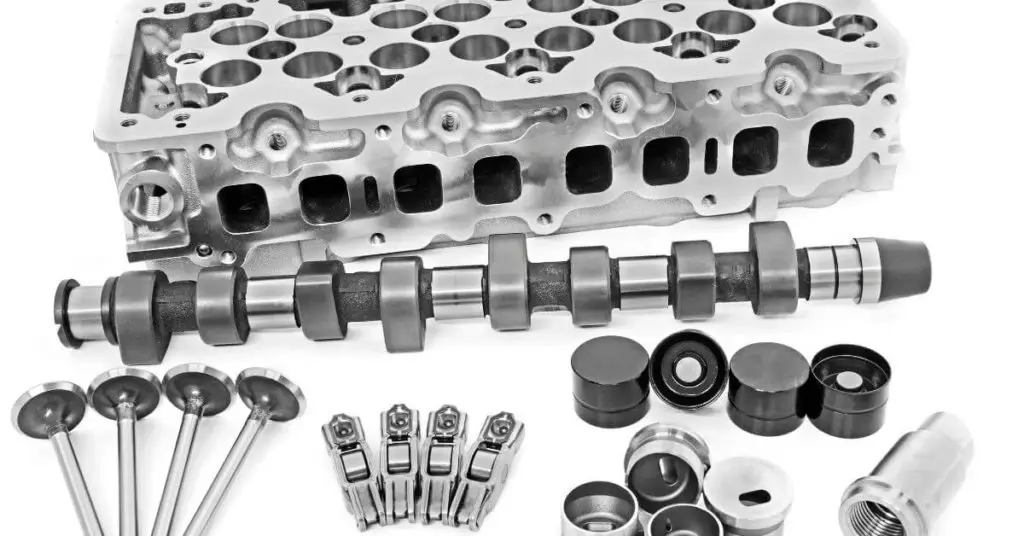
How many parts make a car engine?
On average, gas-powered car engines it’s built from approximately 200 parts, and they fit in the engine compartment. Electric cars, for example, cut this number to around 20 parts.
In addition, the engine also includes other essential parts such as the valvetrain, cooling system, intake and exhaust system, fuel system, and electrical system with electronic components powering high-tech accessories.
These components work together to create power and allow your car to run. If any of these parts break or fail, it can cause the engine to stop running.
That’s why it’s important to keep your engine in good condition and to have it serviced regularly.
The Gearbox
The gearbox is one of the most critical parts of the vehicle, right after the car’s engine. Transfers power from the engine to the wheels, while the clutch helps to engage and disengage the power.
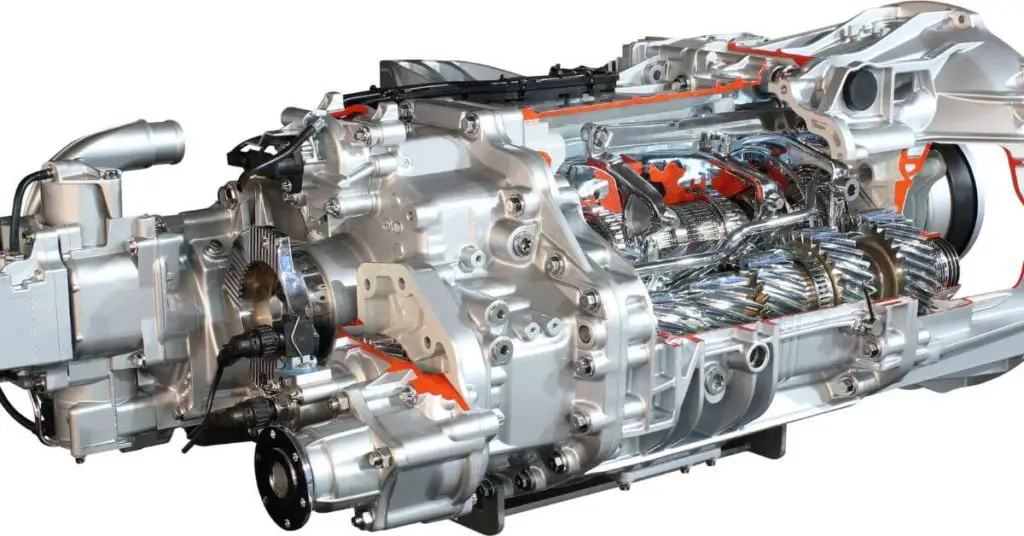
The main components of the gearbox are;
- the input and the output shaft
- clutch
- gears
The input shaft is what transfers power from the engine to the gearbox.
The output shaft is what transfers power from the gearbox to the wheels.
Modern cars use two kinds of transmissions: manual or automatic shifting. Manual transmissions require the driver to shift gears manually, while automatic transmissions use sensors to determine when to shift gears.
There are many different transmissions, but they all serve the same basic, absolutely essential purpose: to transfer power from the engine to the wheels.
You might also like to know What is the best EV home charging station?
How many parts are in a car transmission?
Manual or automatic transmission, on average, in any single car includes around 800 major parts and pieces. It’s a common misconception that a gearbox has fewer parts than an engine.
On the other hand, in most electric vehicles, the whole drivetrain comprises around 20 moving parts.
The Chassis and The Frame
First, a word of explanation since it’s a common misconception and varies widely to call frame a chassis and vice versa.
Technically, the chassis is a load-bearing part of a frame, and the “frame” is all the stuff outside an automobile.
Speaking of the car’s frame and chassis, the dimensions of these components play a significant role in the overall performance and functionality of the vehicle.
For instance, the average width of a car can impact everything from maneuverability to interior space.
To understand more about why size truly matters when it comes to cars, check out our comprehensive guide on the average width of a car
The frame forms the car’s core and supports the other components. Like all the techy options you added to your vehicle, LOL.
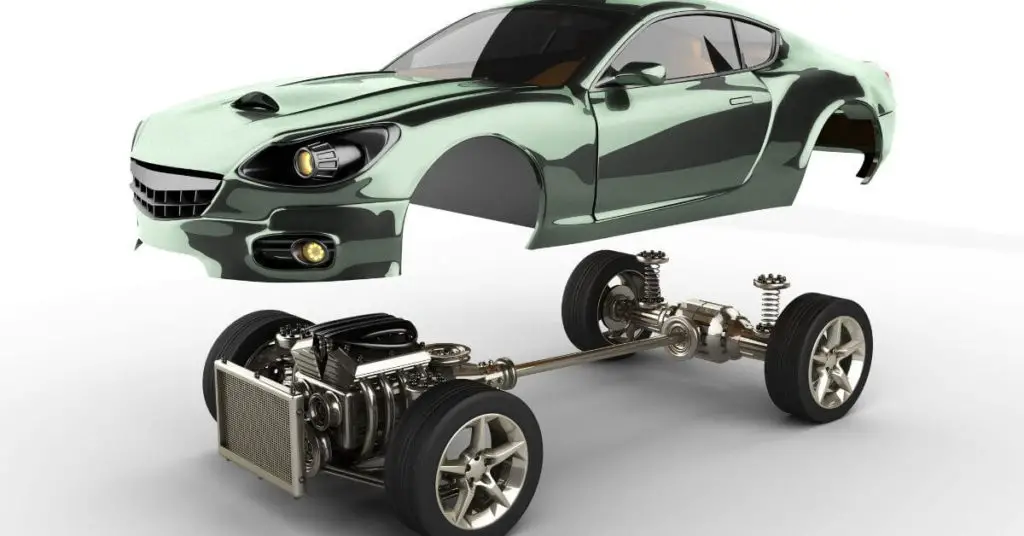
The same rule is here for an electric vehicle and an ICE car.
The exterior includes everything outside, from side mirrors, door latches, and the tiniest nuts to body panels that shape the car.
The car’s interior includes all the luxury add-ons, cabin appointments, Leather seats and steering wheel, a dashboard, and an instrument panel finished in carbon fiber and Alcantara.
Adding to the driver’s safety and convenience.
By understanding how a car is built, we can better appreciate its many parts and how they work together to create a functional vehicle.
How many parts are in a car body?
Including only the big pieces like the trunk lid, doors, or a taillight, for example, and excluding all the nuts, bolts, seals, etc., it’s about 30 different “big” elements.
The Suspension System
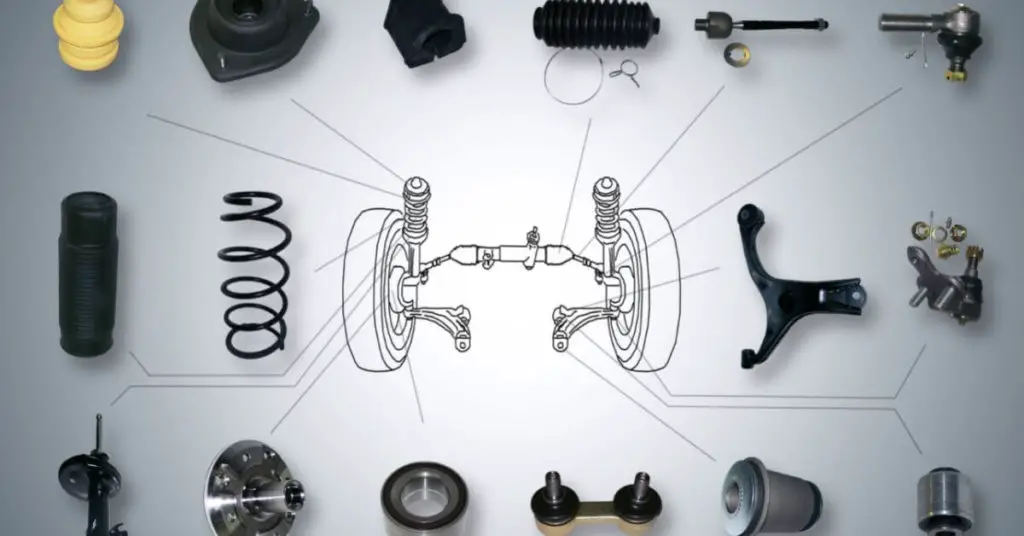
A car suspension comprises several parts that provide a smooth ride.
- The first part is the springs, designed to absorb shocks and bumps.
- The second part is the shock absorbers, which help to keep the car level and prevent it from bouncing.
- Finally, the wheels and tires complete the suspension system by providing traction and stability. Together, these parts provide a comfortable and safe ride for passengers.
How many parts are in a car suspension?
Any given vehicle suspension, on average, includes 7 main parts. Together, these parts provide a comfortable and safe ride for passengers.
The Brakes
Most car brakes have four main elements:
- the pads
- calipers
- rotors
- and brake fluid
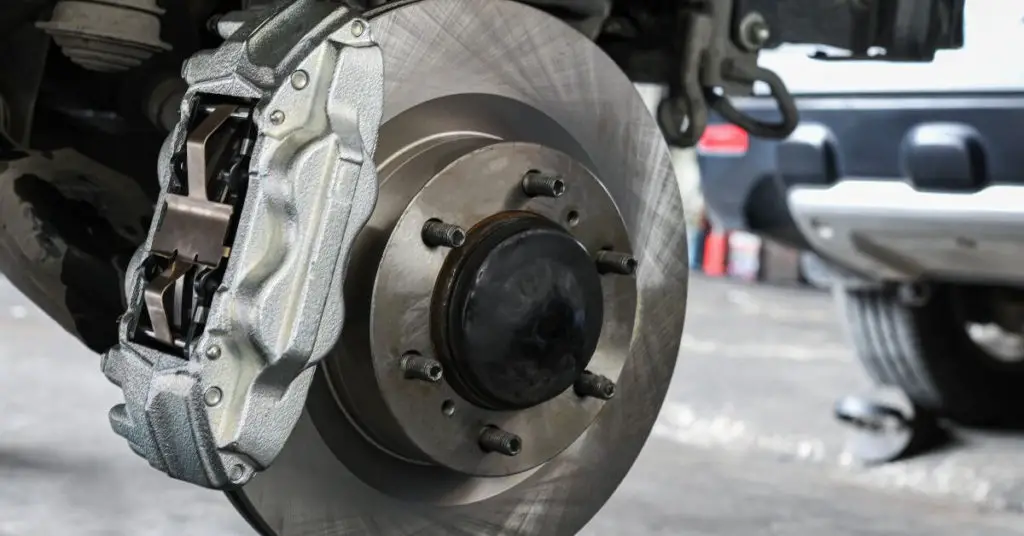
The pads are the part of the brake that makes contact with the rotor to slow down the wheel. The calipers hold the pads in place and apply pressure to the rotor.
The rotors are the large metal discs the pads grip onto to stop the wheel. Finally, brake fluid is a hydraulic fluid that helps transfer pressure from the pedal to the calipers to activate the brakes.
All these parts work together to provide your car with safe and reliable braking power.
How many parts are in the car brakes?
The braking system includes 11 main components on average. The electric vehicle takes fewer parts in the braking system due to the regenerative braking system.
You might also like to know Do Electric Vehicles Break Down Less Compare Gas Cars?
Conclusion
There are a variety of car parts that work together to make a vehicle run. If you thought cars were simple machines, you were wrong.
Each important component and system has its specific purpose and function. Although cars have gotten more complex over the years, the basic parts remain the same.
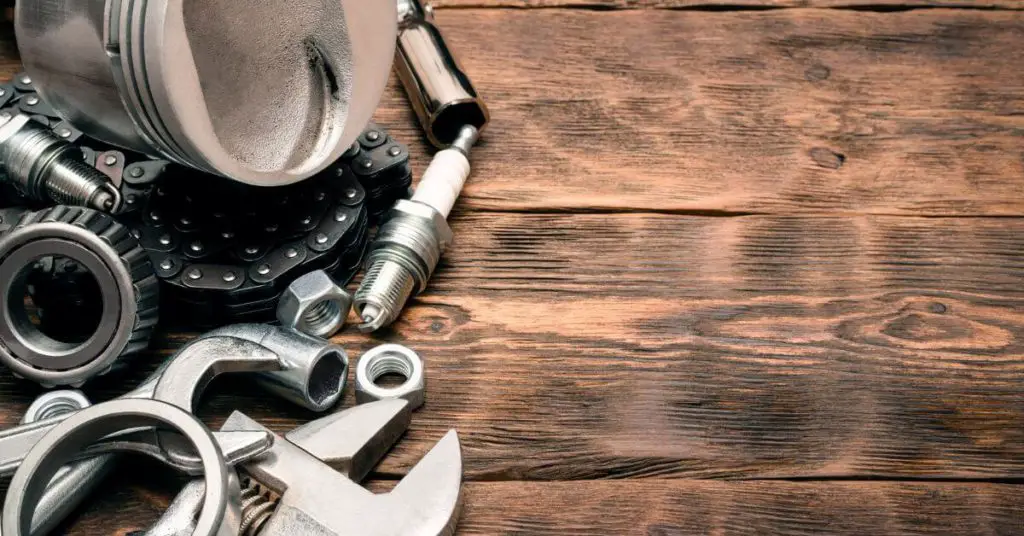
Knowing the many elements in each system can help you better understand your vehicle and possibly diagnose mechanical troubles sooner.
Car assembling requires 30,000 individual parts and up to 4,800 welds.
Different manufacturers and suppliers are responsible for making these pieces before they can be built into one cohesive vehicle.
It’s an impressive feat of engineering that brings us safe and reliable transportation every day.
If you have any questions or suggestions, feel free to leave a comment down below or contact me
Final Words
We’ve explored the many parts that make up a car, and it’s clear that each component plays a crucial role in the overall function and performance of the vehicle.
But what happens when these parts are not properly maintained or replaced?
Regular maintenance and understanding the function of different car parts can prevent issues like those discussed in our article on common problems after engine replacement.
This article provides specific examples of issues that can arise when certain parts are improperly maintained or replaced.
You can read more about these potential issues here.
By understanding the potential problems that can occur, you’ll be better equipped to maintain your vehicle and ensure its longevity.




